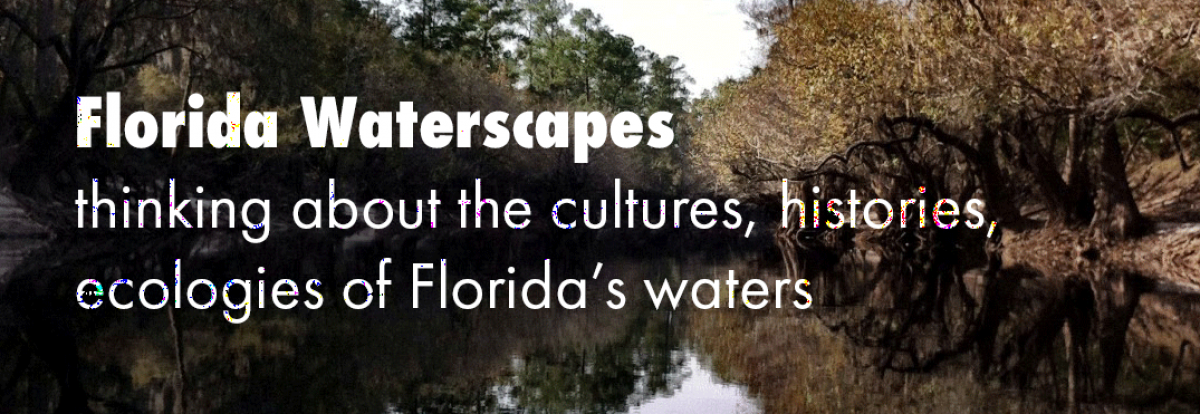
Cape Haze Marina to Snake Island (Venice Inlet) and back, approximately 60 miles. This was Plan B for WaterTribe 2020. At 3 pm, I launched my loaded 14′ board and headed north. Finally, after a year of training, testing gear, and creating routes, I, aka Flamingo, joined the tribe of Kindred Spirits. Kindred Spirits because not everyone considers paddling or sailing the Everglades Challenge (270 miles in 8 days) or the Ultramarathon (62 miles in 35 hours) a vacation.


Twenty-four hours before, all participants gathered on Fort De Soto’s east beach for briefings and an extensive gear check. If all went well, a flotilla of sailboats, kayaks, and paddleboards would launch at 7 am the next morning, cross Tampa Bay, and continue south. Stiff winds blew as we unloaded boards, boards, and gear, and we all hoped the winds would lie down by the next morning. A small craft advisory would be enough to delay, or worse, cancel the event.

The wind did not lie down. Tribers, friends, and family gathered in the predawn darkness, hoping for a 7 am launch. Under cover of twilight, the water looked calm. But it was the swells of Tampa Bay, beyond my line of sight, that concerned me. I wasn’t sure I was ready for that, given these winds. Race director Chief and race manager PaddleDancepeannounced a delay, then another, and ultimately, the option of Plan B. Those in the Everglades Challenge could launch anywhere below Tampa Bay, and Ultramarathoners would do an out-and-back from Camp Haze. Like many, I opted for Plan B. I might not have gone if there was no Plan B. So, Kevin and I packed up and drove to Cape Haze.

Nervous energy and excitement propelled me out of Cape Haze Marina and northward. I had no idea whether I could finish the race in time or if I could paddle that far. I had never paddledboarded more than twenty miles in a day and only twice in the dark. But I settled into a comfortable rhythm and recognized landmarks from previous visits. Paddling felt good. To pass the time, I sang loud and proud, creating mashups of random songs. I thought I would be afraid when darkness fell, but I wasn’t. I paddled on.

Somewhere past Englewood, I met other Tribers, who wondered why I was heading north. Several were concerned that I was lost or disoriented until I explained Plan B. First I saw fellow paddleboarders Staright and ChesapeakeTJAM, then Kayakvagabond and other kayakers. After Manasota, I entered the ditch, a rock-walled canal that circles Venice Airport. It wasn’t easy. I fought both wind and tide going north. At that point, I was determined to reach my turnaround point and take advantage of the wind and tide heading south.
Somewhere in the ditch that I realized I could complete this race. Around 10 pm, I stopped at a boat ramp in Venice to consult my charts, eat, and put on warmer clothes. Surprise—Snake Island was much closer than I thought. I crossed Venice Inlet where I saw Conquistador. Then I circumnavigated Snake Island where I think I saw a group of Tribers known as the ‘flock’, and then I headed back south. No more questions about why I was headed north! Back through the ditch, wind and tide at my back. The ditch is a seriously creepy place, especially in the middle of the night. Beyond the ditch, I heard several other groups making camp. Not long after, I found a sandy spot, set up my bivy, and grabbed several hours of much-needed sleep.

I had been thinking about Watertribe ever since I attended Chief’s Bootcamp in 2019. Listening to Chief and others revealed the combination of necessary skills and conditioning. In summer of 2019, I paddled the coast of Alaska and hiked a portion of Maine’s Appalachian Trail. These trips taught me to pack light with no-fuss meals. I made multiple trips to the 10,000 Islands and Everglades where I tested gear combinations and practiced navigation. During this time, a shoulder injury, ironically from my hike and not paddling, convinced me to set my sights on the Ultramarathon rather than the longer Everglades Challenge.

Body or board—where to carry gear. In practice paddles, I shifted items back and forth between body, board, and belt before settling on the right balance. Multiple pockets on my NRS Chinook PFD, designed for fishing, held small food and safety items I wanted close. A Hipster Wave hydration belt kept water off my back and added pockets for energy bars. A large Yeti bag held my repair kit, food, and camping gear. I am grateful to the Tribers who were so generous with advice as I made gear and training choices.
Shortly after daylight, I crawled out of my mangrove nest, inhaled several canned coffee drinks, and hopped back on my board. Perhaps a little less sprightly than yesterday afternoon. I had lost an hour due to daylights savings time. Ugh! I wanted to reach Cape Haze Marina before noon, my deadline.
The last few hours were a grind. I fought a headwind, or at least it felt like I did. A boat named Fat Bottomed Girl sailed by. But I knew that I would make it. My husband Kevin waved me into the marina, and I was done. Checkpoint captain Lori Bell greeted me with a paddle. I was tired enough to think it was a wooden spoon. Why was she giving me a spoon?


Now I’m looking towards the Everglades Challenge 2021. Both the Ultramarathon and the Everglades Challenge demand endurance, navigational skills, and familiarity with wind and tides, and that is part of the appeal for me. Seeing the swells on Tampa Bay made me realize that I need more training in rough water. Lots of time on the water. Now that’s a prescription I can handle.















